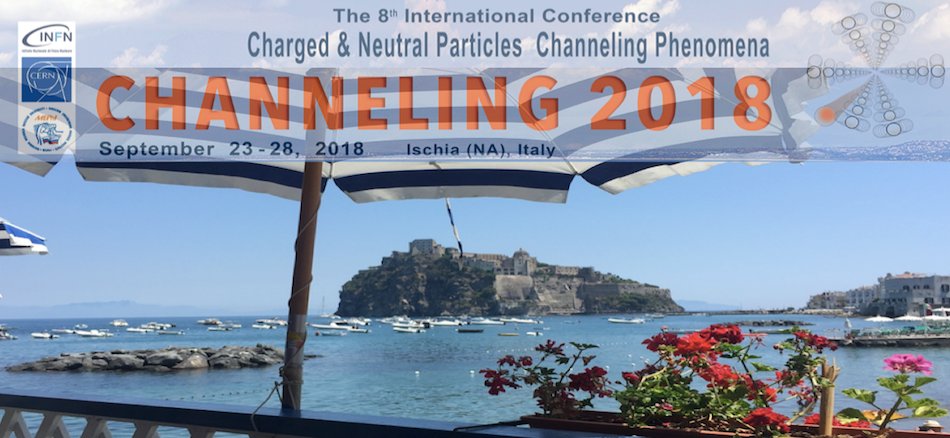Speaker
Dr
Valentina Trunova
(Nikolaev Institute of Inorganic Chemistry Siberian Branch of the Russian Academy of Sciences)
Description
The analysis of bottom settlings by the scanning X-ray fluorescence spectrometry method (SR-XRF scan) is carried out in the context of paleoclimate research.
Comparison of these reconstructed Siberian records with the annual record of air temperature for the Northern Hemisphere shows similar trends in climatic variability over the past 800 yr. Estimated harmonic oscillations of temperature and precipitation values for both historical and reconstructed periods reveal subdecadal cyclicity.
The Selenga River is the main inflow of Lake Baikal and its suspended material penetrates away into the lake. The catchment of the Selenga River is 447000 km2 and water content of the river is a proxy of moisture of the south part of East Siberia and the Northern Mongolia. In this reason, studing of geochemical pattern of bottom sediments of Lake Baikal we can reconstruct water content of the Selenga River in the past.
All measurements were carried out on the station of XRFA-SR on the storage ring VEPP-4M.
The work is supported by the Ministry of Education and Science of the RF (project RFMEFI62117X0012).
The conditions of VEPP-4M were the following: Ee = 4.5 GeV, SR beam from 9-pole wiggler with B = 1.9 T, and Ie= 20 mA. The excitation energy for the determination of concentrations in practically all bottom sediments was 65 keV. The new XRFA-SR station on the storage ring VEPP-4M allowed to move to a new level of research on paleoecological reconstructions, by increasing the number of detectable concentrations of 35 chemical elements. Elements determined at the new station of XRFA-SR on the storage ring VEPP-4M -I, Cs, Ba, La, Ce, Pr, Nd, Sm are unique markers of specific rocks occurring only in local places. Scanning analysis with a spatial resolution of 1-0.1 mm made it possible to reconstruct the dynamics of bottom settlings of the Baikal region with a time resolution "year-season" in the range from 100 to 1000 years.
Primary author
Dr
Valentina Trunova
(Nikolaev Institute of Inorganic Chemistry Siberian Branch of the Russian Academy of Sciences)
Co-authors
Dr
Aleksandr Legkodymov
(Budker Institude of Nuclear Physics Siberian Branch of the Russian Academy of Sciences)
Dr
Andrey Fedotov
(Limnological Institute Siberian Branch of the Russian Academy of Sciences)
Dr
Eugeny Levichev
(Budker Institude of Nuclear Physics Siberian Branch of the Russian Academy of Sciences)
Dr
Olga Stepanova
(Limnological Institute Siberian Branch of the Russian Academy of Sciences)

